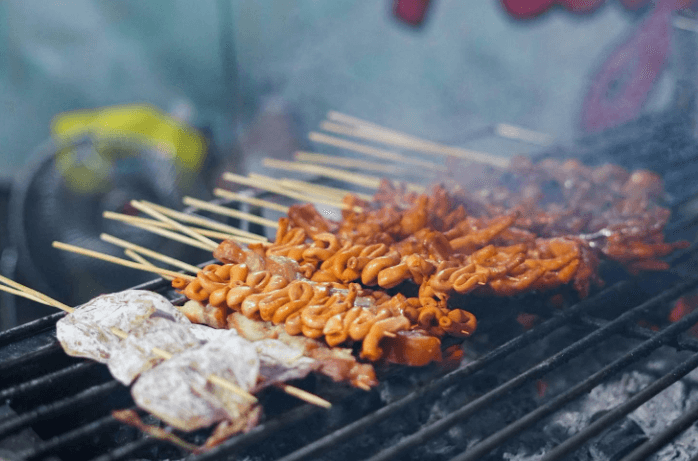Taste the Flavors of the Philippines: A Culinary Journey Through Traditional Dishes

The Philippines is a paradise for food lovers. With its rich culinary traditions and diverse flavors, the country’s cuisine is a unique blend of indigenous, Spanish, Chinese, and American influences. Every dish tells a story, and every bite offers a taste of its vibrant culture. Whether you’re a street food enthusiast or a fine dining connoisseur, Filipino food has something to satisfy your cravings.
A Taste of Cultural Heritage in the Philippines
Filipino cuisine is deeply rooted in the nation’s history. It reflects centuries of trade, colonization, and local innovation. The use of fresh ingredients, bold flavors, and unique cooking techniques showcases the country’s diverse cultural heritage in the Philippines. Traditional dishes have been passed down through generations, making them a significant part of family gatherings and celebrations. Food is more than sustenance—it’s a way of preserving identity and bringing people together.
Must-Try Filipino Dishes
1. Adobo – The National Favorite
Adobo is the undisputed national dish of the Philippines. It’s a flavorful stew made with chicken or pork, slow-cooked in soy sauce, vinegar, garlic, bay leaves, and black pepper. The result? A tender, savory, and slightly tangy dish that pairs perfectly with rice. Every Filipino household has its own version, making this dish a true staple in the country’s cuisine.
2. Lechon – A Feast for the Senses
Lechon, or roasted whole pig, is the star of any grand celebration. The crispy, golden-brown skin and juicy meat make it a must-try for visitors. This dish is often served during festivals, birthdays, and special occasions. Cebu, a province in the Philippines, is famous for having the best lechon in the country.
3. Sinigang – A Comforting Sour Soup
Sinigang is a beloved Filipino soup known for its sour and savory taste. It’s made with pork, shrimp, or fish and flavored with tamarind, tomatoes, and various vegetables. The perfect balance of flavors makes it a go-to comfort food, especially on rainy days.
4. Halo-Halo – The Ultimate Dessert
Halo-Halo means “mix-mix” in Filipino, and that’s exactly what this dessert is about. It’s a colorful combination of shaved ice, sweetened fruits, jellies, beans, leche flan, and purple yam (ube). Topped with evaporated milk and ice cream, it’s the perfect treat to beat the tropical heat.
5. Balut – The Adventurous Street Food
For the brave food explorers, balut is a must-try. This fertilized duck egg, boiled and eaten straight from the shell, is a popular street food in the Philippines. It may seem intimidating, but locals swear by its rich, savory taste and high protein content.
The Filipino Dining Experience
Filipino food isn’t just about taste—it’s about the experience. Meals are meant to be shared, and gatherings around the table often turn into lively conversations. The traditional way of eating with hands, known as kamayan, adds a cultural touch to every meal. Filipinos love to welcome guests with generous servings, embodying the spirit of hospitality and warmth.
Where to Try Authentic Filipino Food
To enjoy Filipino food at its best, head to local eateries called carinderias or explore street food stalls in bustling markets. Fine dining restaurants also offer elevated versions of traditional dishes. For a truly immersive experience, visit the Philippines and indulge in its authentic flavors.
Conclusion
Filipino cuisine is a delightful fusion of flavors, history, and traditions. Whether you’re savoring a comforting bowl of sinigang, indulging in crispy lechon, or cooling down with halo-halo, every dish reflects the heart and soul of the Philippines. Ready to take your taste buds on an adventure? Filipino food awaits!





